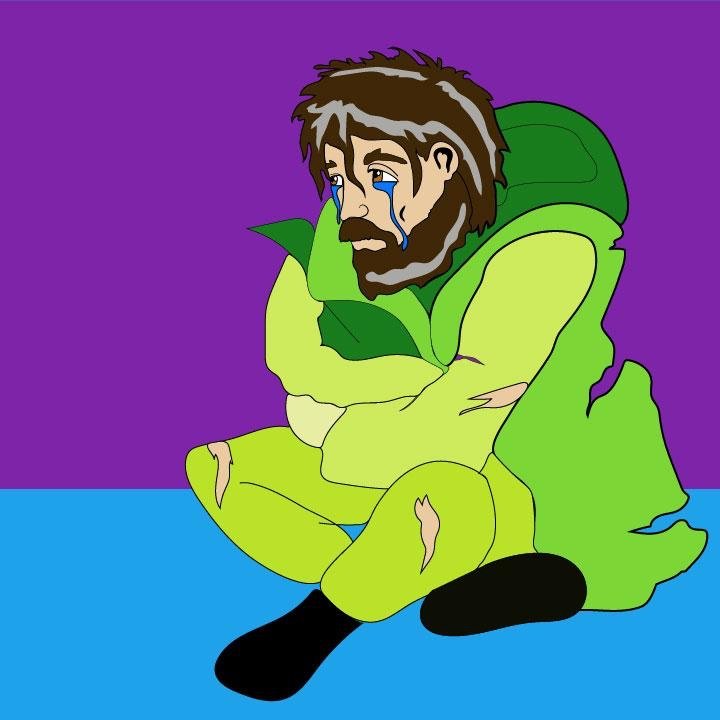By Eamonn Burke
A study back in May of this year by a Columbia professor found that the unemployment resulting from the COVID-19 pandemic could increase homelessness by 45%, following a peak unemployment rate in April of 14.7%. Using data from previous recessions as well as current unemployment trends, Dr. Brendan O’Flaherty estimated that another 250,000 people would become homeless this year, bringing the total number of homeless in the country to 800,000. Across the nation, evidence of this narrative coming to fruition is clear. In West Virginia, there are 10,000 homeless students. 125 homeless people have died this year in San Francisco. Homelessness is increasing in Ohio and Texas, and Residents of Long Island are petitioning for another homeless shelter. This is just some of data to show the trend of widespread homelessness as a result of the coronavirus.
Besides taking the lives of many through infection, the coronavirus has caused a massive recession, like likes of which have not been seen since the Great Depression in the 1930s. As of last month, 22 millions Americans are receiving unemployment payments, coming after one of the best economic stretches in American history.
In addition to unemployment benefits, many people were also protected by the moratorium under the Federal CARES Act, which has since expired, allowing evictions to resume. An Aspen Institute study estimates 30-40 million people could be evicted by the end of 2020. This means even more people out on the streets and more vulnerable to getting COVID, which creates a vicious cycle and creates more pressure on emergency services. Shelters are available but often overcrowded and unsanitary.
There is also the issue of those who are older and who have preexisting conditions, who have been identified as higher risk for COVID-19 and who also are becoming more prevalent among homeless populations. Over 100,000 people over 45 years old were estimated to be living outside on an average night in 2019. Another study showed that around 85% of unsheltered people had physical health issues in 2019. Lastly, a Harvard study revealed that roughly 11 million households spend at least half of their income on housing, making them vulnerable in a recession.
There is also a racial undertone of the homelessness crisis from Covid-19, as black and Latinx people make up a large portion of the population and 58% of black and Latinx people lack the sufficient liquid assets to survive a recession. This can lead to greater racial disparity in an already tumultuous period for race relations in the country.
The CARES act also provided $4 billion in funding, which the Center on Budget Policy and Priorities, along with The National Alliance to End Homelessness used to develop a framework for how to use the money to fight homelessness. It focuses on five major points: services for the unsheltered, housing, shelter, prevention and diversion, and improving future systems.
It is expected that the rising homelessness rate with correlate with the projected rising unemployment rate through 2022. The homelessness rate was already rising with overpopulation, and the pandemic is acting as a catalyst for the issue.






